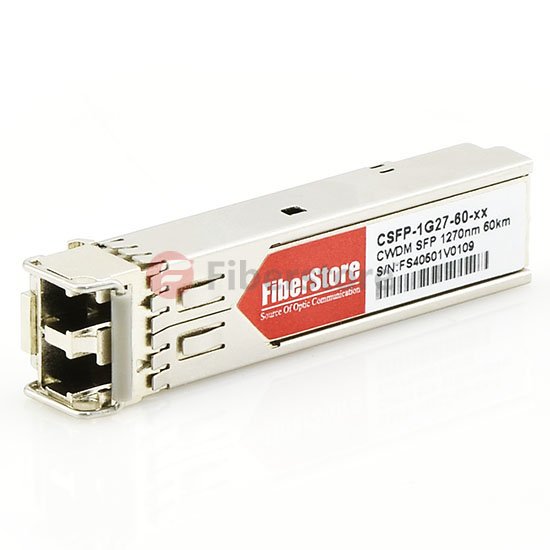Background of Wavelength Division Multiplexing (WDM)
Throughout the last 30 years, optical systems have increased their capacity regularly, allowing for bandwidth upgrades that outpaced the growth in bandwidth demands. Since the physical fiber optic cabling is expensive to implement for each and every service separately, the capacity expansion using a Wavelength Division Multiplexing (WDM) is a necessity. WDM is now a cost-effective, flexible and scalable technology for increasing capacity of a fiber network.
CWDM & DWDM Are Two Types of WDM
WDM architecture is a technology which multiplexes a number of optical carrier signals onto a single optical fiber by using different wavelengths of laser light. This technique enables bidirectional communications over one strand of fiber, as well as multiplication of capacity. At present there are two types of WDM architecture: Coarse Wavelength Division Multiplexing (CWDM) and Dense Wavelength Division Multiplexing (DWDM).
CWDM is the technology of choice for cost efficiently transporting large amounts of data traffic in telecoms or enterprise networks. Optical networking and especially the use of CWDM technology has proven to be the most cost efficient way of addressing this requirement. DWDM is a technology allowing high throughput capacity over longer distances commonly ranging between 44-88 channels/wavelengths and transferring data rates from 100Mbps up to 100Gbps per wavelength. Optical networking and especially the use of DWDM technology has proven to be the optimal way of combining cost efficient transport with advanced functionality, which can cope with the bandwidth explosion from the access network.
Differences Between CWDM & DWDM
There are several differences between DWDM and CWDM systems. CWDM systems are older and cannot fit as many data streams. CWDM systems, however, are also less expensive from the outset. The design, function and purpose also differ in terms of transmission length and distance. When dealing with fiber optic transmission systems, CWDM systems are used when there are eight or fewer wavelengths in each fiber that are active, but DWDM systems are used when there are eight or greater wavelengths active in each fiber.
DWDM systems can fit more than 40 different data streams in the same amount of fiber used for two data streams in a CWDM system. CWDM systems were invented prior to DWDM systems, because the cost of cabling was a major factor. Now that cabling and transmittal has become more affordable, DWDM systems are often used in place of CWDM systems. From the following table, you may get a clearer understanding:
| CWDM | DWDM |
| Defined by wavelengths | Defined by frequencies |
| Short-range communications | Long-haul transmissions |
| Uses wide-range frequencies | Narrow frequencies |
| Wavelengths spread far apart | Tightly packed wavelengths |
| Wavelength drift is possible | Precision lasers required to keep channels on target |
| Breaks the spectrum into big chunks | Dices the spectrum into small pieces |
| Light signal isn’t amplified | Signal amplification maybe used |
CWDM & DWDM Used in Optical Transceivers
Currently, much optical equipment is designed to support both CWDM and DWDM technology by using standards based pluggable optical modules such as SFP, XFP and SFP+. Among them, CWDM/DWDM SFP is a kind of optical transceiver which utilizes CWDM/DWDM technology. With these transceivers, if you have a number of these all transmitting on different wavelengths, you can use a passive multiplexer to combine each signal onto a single fiber pair, and then de-multiplex the signal at the far end. If you want to buy CWDM & DWDM SFPs, the Fiberstore supplies CWDM & DWDM SFPs that support data rates from 100 Mbps up to 4.25 Gbps and are available in all 100 GHz or 50GHz C-band wavelengths on the DWDM ITU grid.





